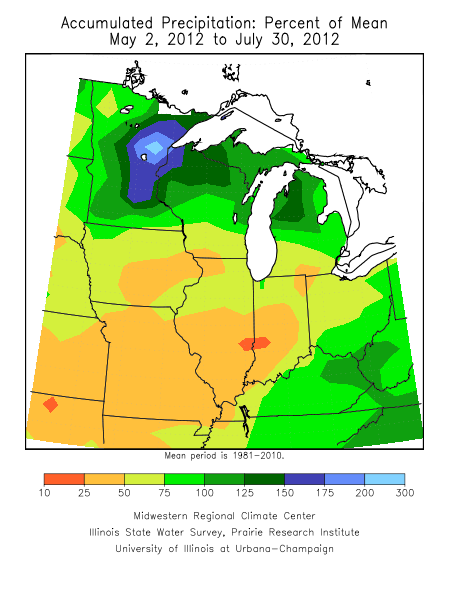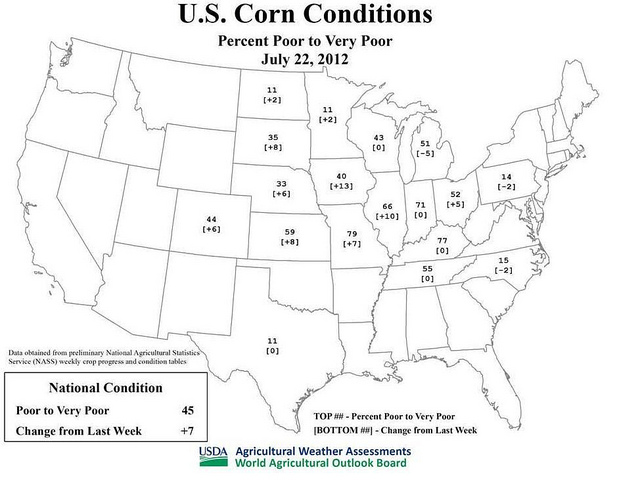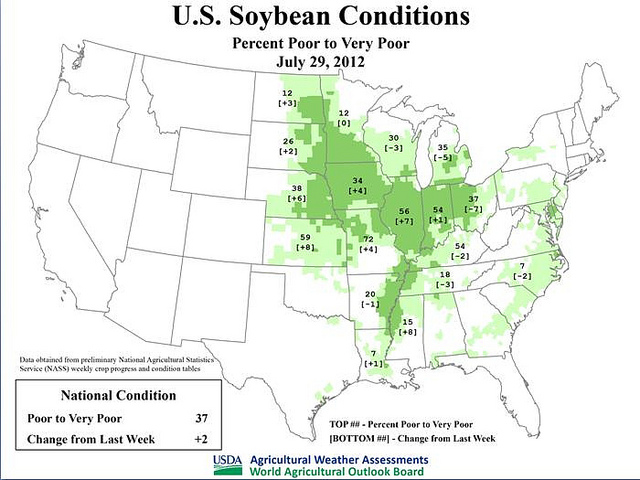The state of Ohio has distributed the first tax collections from Ohio’s casino industry to local governments.
According to Hannah News Service, taxes are tallied quarterly and divided among Ohio’s 88 counties according to size. Casino host cities get an extra 5% of the gambling haul and counties with cities of 80,000 or more population must split their revenue with those cities.
The largest check this time went to Cleveland, with a host city check of over $648,000. (Cuyahoga County received a check for more than $500,000.) Vinton County, on the other end of the scale, received a check for nearly $12,000.





